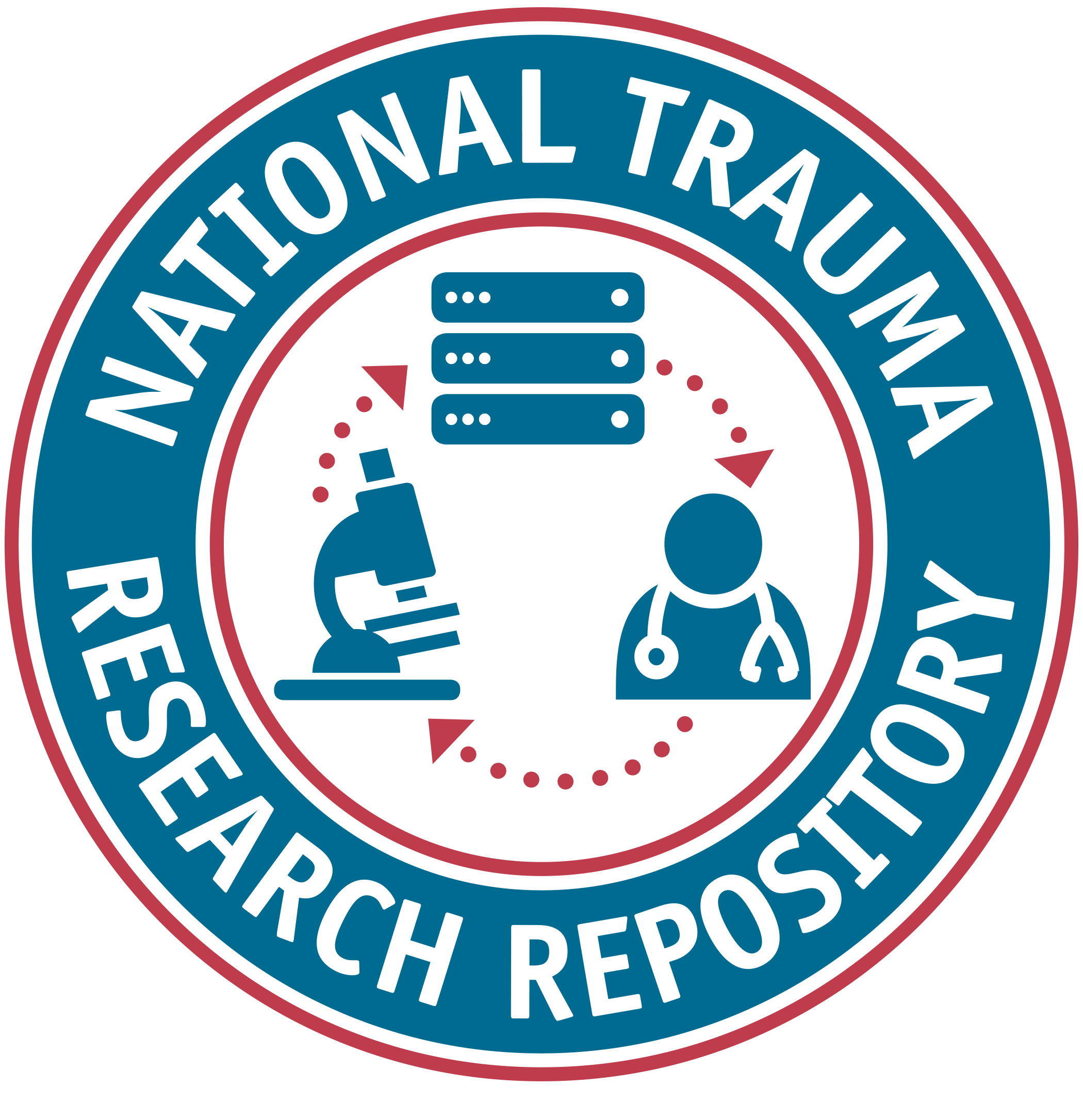Listed below are the details for the data element.
FITBIR
1.0
Element Type
Common Data Element
Peabody Developmental Motor Scales Second Edition (PDMS-2) - Shoulder buttock raise scale
PDMS2ShoulderButtockRaiseScl
Short Description
Scale for the child's ability to raise his or her shoulders and buttocks, as part of the Peabody Developmental Motor Scales Second Edition (PDMS-2)
Definition
Scale for the child's ability to raise his or her shoulders and buttocks, as part of the Peabody Developmental Motor Scales Second Edition (PDMS-2)
Notes
Examiner Record Booklet, Section II. Record of Item Performance, Gross Motor Scales, Locomotion Scale, 19.
Creation Date
2016-10-26
Historical Notes
C51293
References
Copyright 2000, 1983 by PRO-ED
Folio, M. R., Fewell, R. R. 2000. Peabody Developmental Motor Scales Second Edition examiner's manual. PRO-ED, Austin, Texas.
Data Type
Numeric Values
Input Restrictions
Single Pre-Defined Value Selected
Population
Pediatric
Guidelines/Instructions
Start: 10 months
Age in Months: 9
(Lying on stomach)
Sit 3 ft. in front of child. Hold your hands out to child and say, "Come here."
Preferred Question Text
19. RAISING SHOULDERS AND BUTTOCKS
Category Groups and Classifications
| Disease | Domain | Sub-Domain |
|---|---|---|
| General (For all diseases) | Assessments and Examinations | Physical/Neurological Examination |
| Traumatic Brain Injury | Outcomes and End Points | Infant and Toddler Measures |
Classification
Traumatic Brain Injury:
Supplemental
Concussion/Mild TBI
Acute Hospitalized
Epidemiology
Moderate/Severe TBI: Rehabilitation
General (For all diseases):
Supplemental
Keywords
Peabody_Developmental_Motor_Scales
PDMS_2
Peabody_Developmental_Motor_Scales_Second_Edition
Peabody_Developmental_Motor_Scales_2nd_Ed
Peabody_Developmental_Motor_Scales_2nd_Edition
Peabody_Developmental_Motor_Scales_2e
PDMS2
Labels





